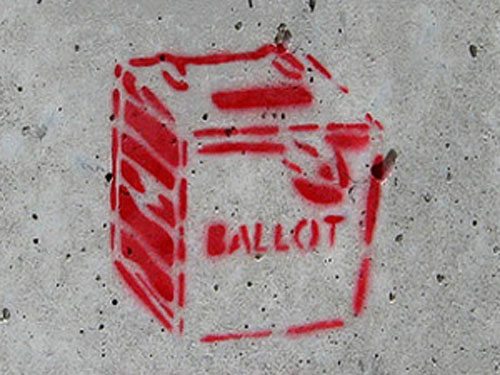
July 30, 2017; Daily Sentinel (Grand Junction, CO)
The rising American electorate, or RAE, comprising unmarried women, millennials, and people of color, is the largest block of eligible voters in the nation, at nearly 60 percent—and it is growing. However, a new study by the nonprofit Voter Participation Center tracking voting trends found that the RAE does not register to vote or turn out to vote in proportion to its share of the population—and a drop-off is predicted.
The prediction is that “40 million Americans who voted in 2016 won’t cast a ballot in the 2018 midterms—and to make matters worse, 2/3 of those drop-off voters will be members of the Rising American Electorate.”
The study compared 2016 election data, 2018 population estimates, and the average turnouts in 2006, 2010, and 2014. It found that non-RAE voters, though continuing to turn out at higher numbers than the RAE, are losing their dominance in the electorate. Specifically, “the number of RAE voters increased by more than 8 million in 2012 to 2016 (a 12.6% growth rate), the number of non-RAE voters decreased by 3.5 million (a 5.1% decline).”
Looking more closely at the breakdown within the RAE, we find that turnout was higher in 2016 among all RAE groups except Black voters: “Nearly 700 thousand fewer African American voters turned out in 2016 compared to 2012.” The region to see the largest RAE growth, at 23.3 percent, was the Mountain region—Montana, Idaho, Wyoming, Nevada, Utah, Arizona, Colorado, and New Mexico. The smallest RAE growth, at 8.3 percent, was in the east North Central region—Wisconsin, Illinois, Indiana, Michigan, and Ohio.
Sign up for our free newsletters
Subscribe to NPQ's newsletters to have our top stories delivered directly to your inbox.
By signing up, you agree to our privacy policy and terms of use, and to receive messages from NPQ and our partners.
In 2004, the RAE was 44.6 percent of the vote eligible population (VEP); in 2016, it had grown to 59.2 percent. It is predicted that in 2018 the RAE will be 61.6 percent of the VEP, but the Center predicts a total drop-off of 39.8 million voters, with 63.8 percent of these among the RAE.
Millennials top the list at 54.1 percent expected drop-off, followed by Latin@s at 36.5 percent, unmarried women at 33.4 percent, and Black voters at 30.3 percent. The study breaks predicted drop-off down by regions, but 60.6 percent of the RAE drop-off is expected in 12 states—Virginia (48.7), Nevada (44.2), North Carolina (43.4), Pennsylvania (42.4), Ohio (35.7), Georgia (32.1), Colorado (31.2), Arizona (30.6), Iowa (30.3), Florida (30.2), Wisconsin (26.9), and Michigan (24.6).
The study urged targeted get-out-the-vote efforts. “Past research shows that there is more opportunity in registering new voters and turning them out, as opposed to turning out already registered voters who did not vote in presidential elections,” the study said. “Large portions of the RAE are unregistered to vote. Registration efforts should be made, as it will boost their turnout, which can have real impacts on election results.”
Nonprofits should really take heed of these numbers and this recommendation, especially as we can expect increased voter suppression efforts. No doubt, political hopefuls that rely on non-RAE voters are also aware of these trends and preparing as well.—Cyndi Suarez













